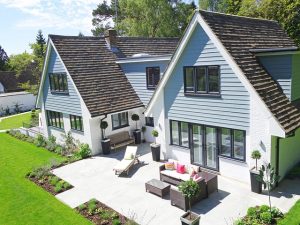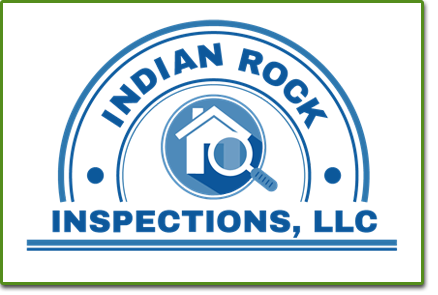 In the world of real estate, appearances aren’t just skin-deep—they’re foundational to value. When evaluating homes, one pattern stands out again and again: properties with thoughtful landscaping and strategic hardscaping command more interest, faster offers, and stronger sale prices. Not because they’re prettier (though that helps), but because they communicate care, planning, and long-term livability.
In the world of real estate, appearances aren’t just skin-deep—they’re foundational to value. When evaluating homes, one pattern stands out again and again: properties with thoughtful landscaping and strategic hardscaping command more interest, faster offers, and stronger sale prices. Not because they’re prettier (though that helps), but because they communicate care, planning, and long-term livability.
Let’s break down what actually moves the needle.
1. Defined Outdoor Zones
Buyers love clarity. A yard that’s just open lawn looks like maintenance. A yard with clearly defined zones—a grilling area here, a quiet seating nook under a pergola there—tells a story. It feels usable and intentional. Even a modest patio, bordered with simple pavers or pea stone, provides structure and reduces ambiguity.
2. Stone Features With Function
Retaining walls, raised beds, and stone steps do more than just elevate aesthetics—they signal resilience. Around here, frost heaves and runoff are no joke. Hardscaping that controls erosion or channels water properly shows that someone was thinking long-term. Bonus points if the materials blend with the local geology—natural granite or weathered fieldstone go a long way.
3. Smart Planting, Not Just Pretty Planting
Mature trees offer shade, windbreaks, and privacy—all of which are tangible value-adds. But placement matters. A sugar maple too close to the septic system? That’s not charming, it’s a future repair bill. Think layered plantings: native shrubs near the house for insulation, mid-height evergreens for privacy, and perennials that thrive without constant babying.
4. Lighting That Extends the Day
Outdoor lighting often flies under the radar, but subtle, low-voltage illumination can transform a property’s feel. Path lights, uplighting on trees, or even solar lanterns along a driveway create a sense of welcome—and safety. From an inspector’s point of view, this tells me a homeowner thought about usability after dusk, which speaks volumes.
5. Avoid the Overbuild Trap
Here’s the catch: not every outdoor upgrade translates to ROI. A sprawling flagstone patio with a built-in kitchen might impress, but if it eats up all the lawn or clashes with the home’s scale, it can actually be a turnoff. Aim for upgrades that balance beauty with practicality. Harmony with the home’s style and proportion is key.
At the end of the day, outdoor spaces aren’t just about aesthetics—they’re subtle indicators of how a property has been loved and maintained. And from my perspective, that’s where true value lives.








